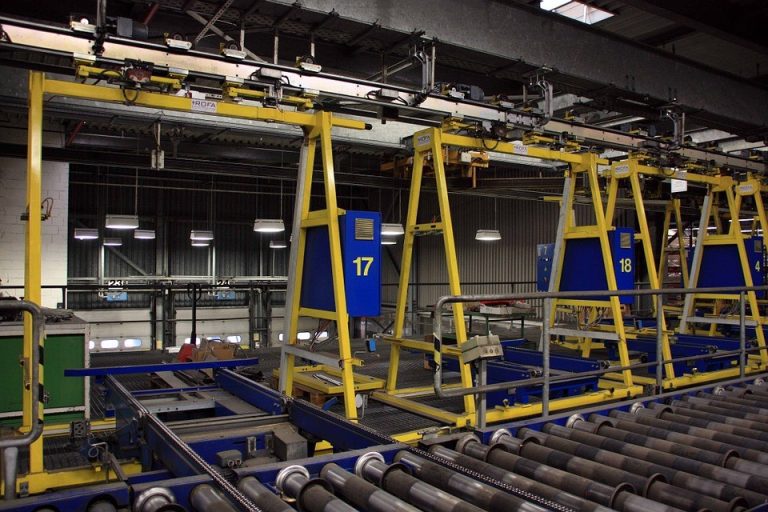Since the beginning of time, humankind needed tools. They used tools to hunt, forage, make fire, and survive. It made everything so much easier, even in those early days. Since then, humans used tools and invented machines to help them in everyday activities and hard work. Exhausting physical labor has been changed with machines. So, people don’t have to lift a finger to do anything. Nowadays, there is a machine for every single thing. You just have to push some buttons, and it is all taken care of. There is absolutely no need for you to do anything demanding and draining. When it comes down to choosing the proper machine for your need, you need to ask yourself one question. That question is what you need from that machine. What problem you need solving. Some people require roll converting machinery. If you are unfamiliar with this term, these machines are a part of the converting industry that transforms rolls of various materials into final products. It is not that easy as it sounds. The product goes through multiple phases until it reaches its final form. Some businesses are in desperate need of these machines. So, it is good to have some information about them before purchasing them. Cost The first thing anyone wants to know before buying something is how much it will cost them. It is not easy investing in something if you are not so sure it will pay off in the end. First, it is essential to have some money saved up because they are quite pricey. This is not that surprising since all kinds of tools and machines cost a fortune. However, they make our life so much easier, so you get to complain that much. Then, after the first step is taken care of, you can look for the perfect tool for your needs. You have so many options to choose from. It all depends on you. When asking around how much these things cost, do not be shocked when you hear that their prices vary between 8,000 to 10,000 USD. It is a lot to pay for at once, that is for sure. However, a lot of Roll Converting Equipment owners are quite satisfied with them. The manufacturers of these machines provide excellent quality for that cost. The most crucial thing is to be aware and read more about how each device contributes to your needs. There are so many different types to choose from. So, be sure to do extensive research and read more about them online. Productivity After paying for any type of product, machine, or tool, you want to know how much you will use it and how much it will change your life. You want to it to pay off till the last penny. So, do not worry about this. You are guaranteed to get about 40% productivity when you compare it with having to do this all manually. That is why we invented machines, isn’t it? To change manual labor with machines. The technology and software that comes with this converting equipment are made with cut optimizers. That way, they arrange things to increase in productivity. Additionally, the software comes with its precise cuts. They result in less waste, which is very good to hear. That way, you get the most out of your materials. Also, you make your contribution to making the environment less damaged and waste-free. That is a great relief, especially to larger companies. Moreover, these precise cuts end up with fewer rejections and fewer complaints from customers. That way, everyone is happy. New Technology In these last few decades, there have been thousands of new inventions and technological advancements. So, it is no wonder to hear that these types of machinery work with a brand new technical system. It is known as computer numerical control or CNC. This helps slitting and cut planning, as well as control over the master rolls and goods. It does bar code label printing. Also, it does an excellent job at job management. With its precise cuts, you do not have to worry about waste and pollution. Learn more about CNC here: https://en.wikipedia.org/wiki/Numerical_control Various Types of Materials It is essential to know that these roll converting machines can process different types of materials. Ranging from wallpapers, papers, and photo papers to heat transfer materials and digital magnetic papers, it can prepare them all and convert them into a final product. It is a great relief to the potential buyers to hear about this. However, not all machines can process every type of material. So, it is vital to get more information before investing in something like this. Importing and Processing of Orders Another benefit to purchasing a roll converting equipment is that its software makes importing a lot easier. It grants importing as well as order data processing from your systems. All this makes your order processing faster and more efficient. You do not have to worry about anything of the sort. Customizable Every buyer will be pleased to learn that most manufacturers can customize their equipment. All products may be suited to most of the customer’s needs and specifications. That way, the machinery can accommodate and satisfy any needs. All you have to do as a buyer is to mention your wishes and requirements to your manufacturer. Hopefully, your wish will be granted.








